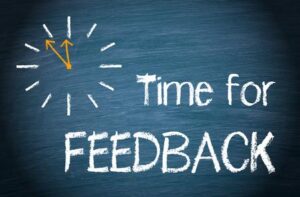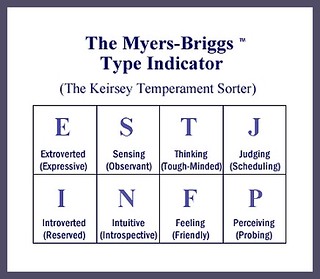Constructive Feedback and Type
As author, Andrew J. DuBrin, states it – “Feedback is information about past behavior, delivered in the present, which might influence future behavior.”
Providing constructive feedback about job performance is a basic responsibility of every leader. Feedback is necessary to help others develop, grow and correct their mistakes.
The MBTI (Myers-Briggs Type Indicator) can assist in really reaching an understanding and moving people forward in a constructive feedback coaching session.
Use the following suggestions for the type preferences below:








